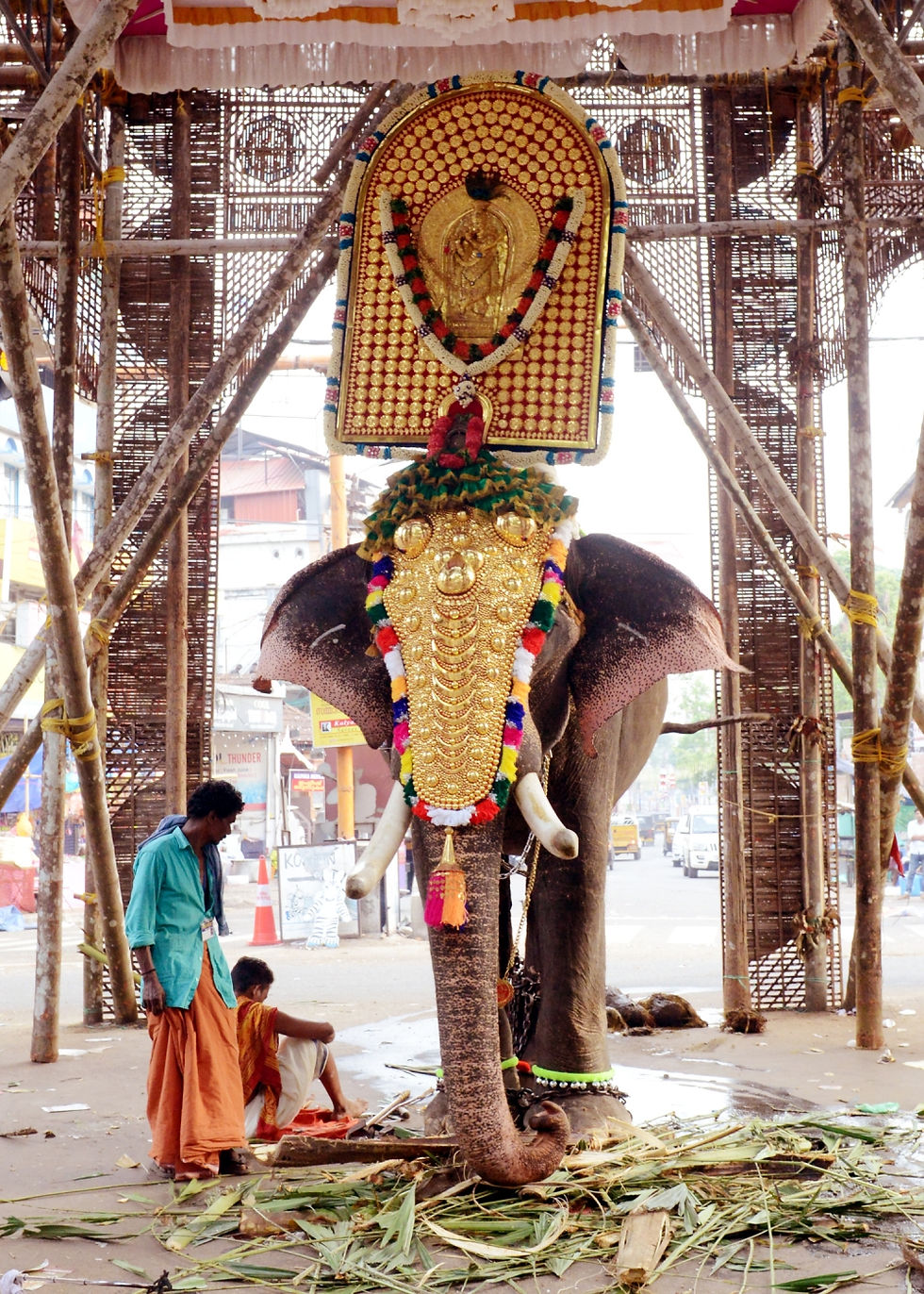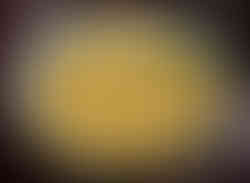LJL EOC-2
- Rachel Tom Antony
- Oct 16, 2021
- 6 min read
Updated: Oct 22, 2021
"Culture is the widening of the mind and of the spirit."
- Jawaharlal Nehru
Methods of Inquiry:
For the pre-work, where we had to look deep into a festival unique to our own culture, all the information was collected mainly through primary resources. I had chosen the festival Thrissur pooram and I received most of the information by talking to my own family members. Since this festival is related to the Hindu religion, I had to also rely on my friends and their parents.
Advantages:
It was possible to get detailed information. Talking to my older relatives especially my grandparents, helped in understanding the history behind a lot of aspects of the festival. (For eg: I learnt from my friends parents that it is believed that Lord Brahma was the first to design a forehead ornament for an elephant and Lord Indra's white elephant was the first creature to wear it.)

I was also able to capture certain other aspects like the awareness among different age groups , concern for non-material aspects among different people etc, while having a face-to face interaction. This helped me understand how differently different generations understand the material and non-material aspects of the same festival.
Disadvantages:
Information collected was mostly subjective.
Lot of the questions that arose while I was researching was left unanswered because the people I had asked did not know the answers themselves. For eg: none of my family members or friends knew why Sakthan Tampuran prescribe such a format for the festival or why the silk umbrellas that are used gives a sense of royalty etc.)
Do's:
Try to keep aside prejudices and stereotypes while conducting research using primary resources.
Since the festival I went for belongs to a religion that I personally do not follow, I had to take extra precautions to prevent offending that religion. Thus, while using this method, one must always be careful while conversing and while presenting data.
Asking more people will help in collecting more in-depth data.
Don'ts:
While using this method do not limit the respondents to one particular age group, gender etc. Choosing people from multiple age groups and from all genders etc can help one understand different perspectives.
Throughout the entire week, we also looked into two new concepts which came under culture. They were material and non-material aspects of culture. Material aspect refers the physical objects that comes under a particular culture ( for example in Thrissur pooram, the Nettipattam etc.) and the non-material aspects refers to the ideas associated with these objects (for example: Nettipattam is a modified elaborate version of an armour that was worn much earlier by elephants during battles.)

For the Functional object task, semi-structured interview was used to collect data. This form of data collection comes under primary resources.

Advantages:
Helps in collecting in-depth as well as objective data.
Allows the interviewer to add questions spontaneously. This helps in receiving deep knowledge about a particular topic.
There is a lot information that is often conveyed through facial expressions, emotions etc. These can be captured by using this technique. For example: While I was interviewing my father regarding his pen, I felt from his facial expressions that he was not very pleased to let someone borrow his pen.
Disadvantages:
Often data collected is subjective.
Some of the Do’s and Don’ts that I came across while using this technique were as follows:
Do’s:
1. Be careful while framing the questions. Make sure that the interview questions are valid.
2. Ensure that the interviewee has time to spare and is in the right state of mind.
3. Keep the study objective.
Don'ts:
1. Don’t let personal opinions, prejudices interfere while collecting and analysing data.
Secondary resources were also referred during the research on ethnic tribes that were assigned to us in the later stages of EOC2. I mostly referred to a lot of websites and documentaries for collecting data.
Advantages:
Information can be collected in a quicker and efficient manner.
Since this tribe lives in a place that is not so easily accessible, getting primary data is extremely difficult. In such cases, secondary resources can come out to be quite handy.
Disadvantages:
Important information like; how the members feel about the different aspects of the culture, what their experiences are etc, are often missed out while using this method.
Information collected from secondary resources are not reliable because it involves relying on studies done by other researches who might have added their subjective understandings in those studies.
Do's:
Look at multiple studies to get a more in-depth understanding. Don't just limit to one or two studies or websites.
Don'ts:
Don't refer to unreliable websites like Wikipedia, Quora etc.
While trying to study deeper into the different cultures using primary and secondary methods I also utilised a new tool known as 5W1H that was introduced to us during one of the sessions in EOC-2. The 5 W's here refers to Who, What, Where, Why, When and 1H refers to How. This tool mainly helps during the inquiry process to find the cause-effect relationships and to further expand facts that are collected.
Advantages:
This tool helped in expanding information. For example, During my research of the Sherpa community, in the initial stage I found out that they used a lot of potatoes in their dishes. Using this tool I inquired further as to why this is so. I was later able to find the reason. Potato was the only vegetable that was cultivable in the harsh environment where the Sherpas lived. Thus they had to invent dishes around this vegetable.
Disadvantages:
This tool can sometimes reduce the objectivity of the study. For example, after finding out that the ruler of Cochin wanted to keep the festival Thrissur pooram secular, I wanted to inquire it further by asking why. However, the various people I asked gave their own subjective opinions about the same. In such cases the objectivity of the study had to be compromised.
Do's:
Use this tool only when there is a need to expand existing information.
Don'ts:
(I was unable to spot any don'ts while using this tool.)
Conclusion:
Researching about various cultures using these variety of tools was definitely a fun process. I realised that everything in a particular culture has got a meaning, story or reason as to why it exists (non-material) in that culture. For example; in the Sherpa community, they drink a beer known as Chang during special occasions like marriages because it is believed that Padmasambhava sprinkled this beer in order to complete the construction of the monastery.

Another new aspect of culture that I learnt was the concept of conforming. confronting or complaining. These three terms refer to how people react to different cultures. Confronting refers to having the belief that your own culture is the right one. Conform , on the other hand refers to observing, learning, adapting and trying to fit in a particular society. Complaining refers to completely segregating oneself from that particular culture.
Some of muddiest and clearest points during the EOC-2 were as follows:
Muddiest points:
Even though I understood what was meant by material and non-material aspects, I often found it hard to categorise the information I collected into these two categories. This confusion is especially evident in my functional object task.
Clearest points:
I am clear with various methods of inquiry.
I am clear with how to use the 5W1H tool while conducting research.
I am clear with how and when to use semi-structured interview.
I also realised many of my strengths and weaknesses during EOC-2. Some of them are as follows:
Strenghts:
During the commentary log task I had to take over the editing because my teammate was facing an issue. Unfortunately, my laptop started malfunctioning at the last minute making it seem impossible to complete the work because I was unable to send it to my teammates and my Microsoft teams app was not working which meant I could not present it as well. It was too late to start from scratch, so I had to figure out a way. After several attempts I managed to send a screen recording. During this scary incident I realised one of my strengths which is I will always make sure to never let my team mates down.
Weakness:
I am often unable to explore further beyond what is taught and explored during the sessions.
To conclude this whole experience was definitely interesting. However, there are certain aspects I wish I could have explored. They are as follows:
Explore cultures outside India as well.
Look deeper into the differences and similarities of the cultures that were looked into during EOC-2. Also find the origin of the similarities between the different cultures.























Comments